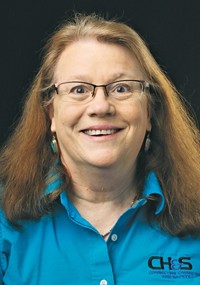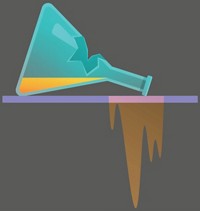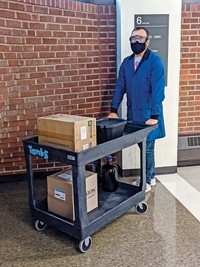Advertisement
Grab your lab coat. Let's get started
Welcome!
Welcome!
Create an account below to get 6 C&EN articles per month, receive newsletters and more - all free.
It seems this is your first time logging in online. Please enter the following information to continue.
As an ACS member you automatically get access to this site. All we need is few more details to create your reading experience.
Not you? Sign in with a different account.
Not you? Sign in with a different account.
ERROR 1
ERROR 1
ERROR 2
ERROR 2
ERROR 2
ERROR 2
ERROR 2
Password and Confirm password must match.
If you have an ACS member number, please enter it here so we can link this account to your membership. (optional)
ERROR 2
ACS values your privacy. By submitting your information, you are gaining access to C&EN and subscribing to our weekly newsletter. We use the information you provide to make your reading experience better, and we will never sell your data to third party members.
Lab Safety
Reactions: Peer keeping should accompany near-miss reporting
May 26, 2022
| A version of this story appeared in
Volume 100, Issue 19
Letters to the editor
Implementing a near-miss program in academia (C&EN, May 2, 2022, page 17) is indeed an essential part of an overall effective safety program. The development of near-miss reporting tools such as SCAN (Safety Concerns and Near Misses) and UCAIR (UChicago Accident/Incident Reporting) look to greatly facilitate reporting, which otherwise many are tempted to avoid if it is regarded as time consuming and complicated. Often a simple picture can be sufficient to clearly indicate a potential hazard.
What is also important to realize is that many near misses can require immediate corrective action in the form of active peer keeping. Safety peer keeping, often an awkward and challenging process, can stop a near miss from turning into a serious potential injury or life-threatening incident. Peer keeping is the process of attentively observing and tactfully responding to an action or condition that can impact one’s safety or the safety of coworkers. For example, vapor-releasing procedures that should be done in a hood, mouth pipetting a liquid, and manually moving a gas cylinder are just a few of the common safety violations that require both near-miss reporting and immediate peer keeping. Unfortunately, there are many obstacles to effective peer keeping in both academia and industry. Perhaps the most serious is the ability to peer keep those in a position of authority. A best-in-class safety program includes a peer-keeping practice that allows a lab technician to stop a company CEO from entering a lab without lab glasses, or where a lab manager is encouraged to verify that staff from another group, working in the manager’s lab, have read and understood the material safety data sheet for the chemicals about to be used.
Effective peer keeping needs practice. For the various groups that I have managed in my 40-year industrial chemical research career, all members of the group at each monthly safety meeting had to share at least one peer-keeping event, whether from the lab or at home, to gain confidence and be comfortable in pointing out corrective guidance as well as how to react to the various possible responses from the person being peer kept.
Thus, while universities and other institutions are to be applauded for implementing near-miss reporting programs, I strongly urge connecting such reporting to a peer-keeping process so that the near miss in fact stays a near miss and not a personal injury or worse.
Ara A. Jeknavorian
Chelmsford, Massachusetts





Join the conversation
Contact the reporter
Submit a Letter to the Editor for publication
Engage with us on Twitter